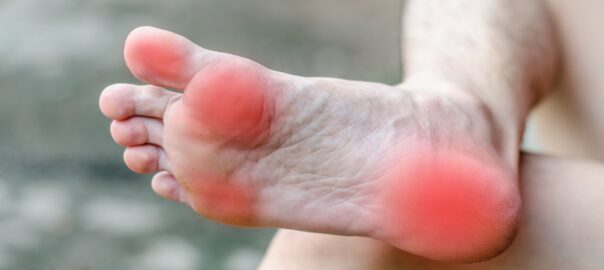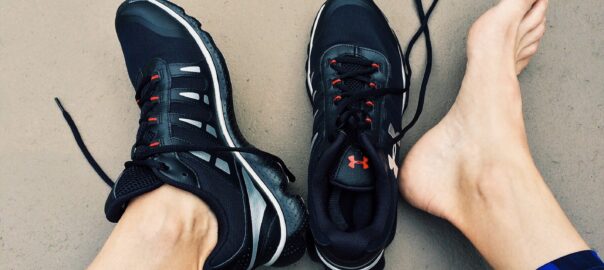When To See A Podiatrist For Your Foot Problems
If you’re experiencing foot problems, it’s important to seek help from a podiatrist, also known as a foot and ankle specialist. A podiatrist is a medical professional who specializes in the diagnosis and treatment of conditions affecting the feet and ankles.
Here are some signs that you should see a podiatrist:
- Persistent pain: If you’re experiencing persistent pain in your feet or ankles, it’s important to get it checked out. Pain that doesn’t go away could be a sign of a serious problem that requires medical attention.
- Swelling or redness: Swelling or redness in the feet or ankles could be a sign of an injury or infection.
- Numbness or tingling: If you’re experiencing numbness or tingling in your feet or toes, it could be a sign of nerve damage.
- Skin and nail problems: Podiatrists can also treat skin and nail problems such as corns, calluses, fungal infections, and ingrown toenails.
- Chronic conditions: If you have a chronic condition such as diabetes, arthritis, or neuropathy, you should see a podiatrist regularly to monitor your foot health.
It’s important to take care of your feet, as they are an essential part of your mobility and overall health. If you’re experiencing any foot problems, don’t hesitate to schedule an appointment with a podiatrist.
Call us today to make an appointment: 773-205-0106







